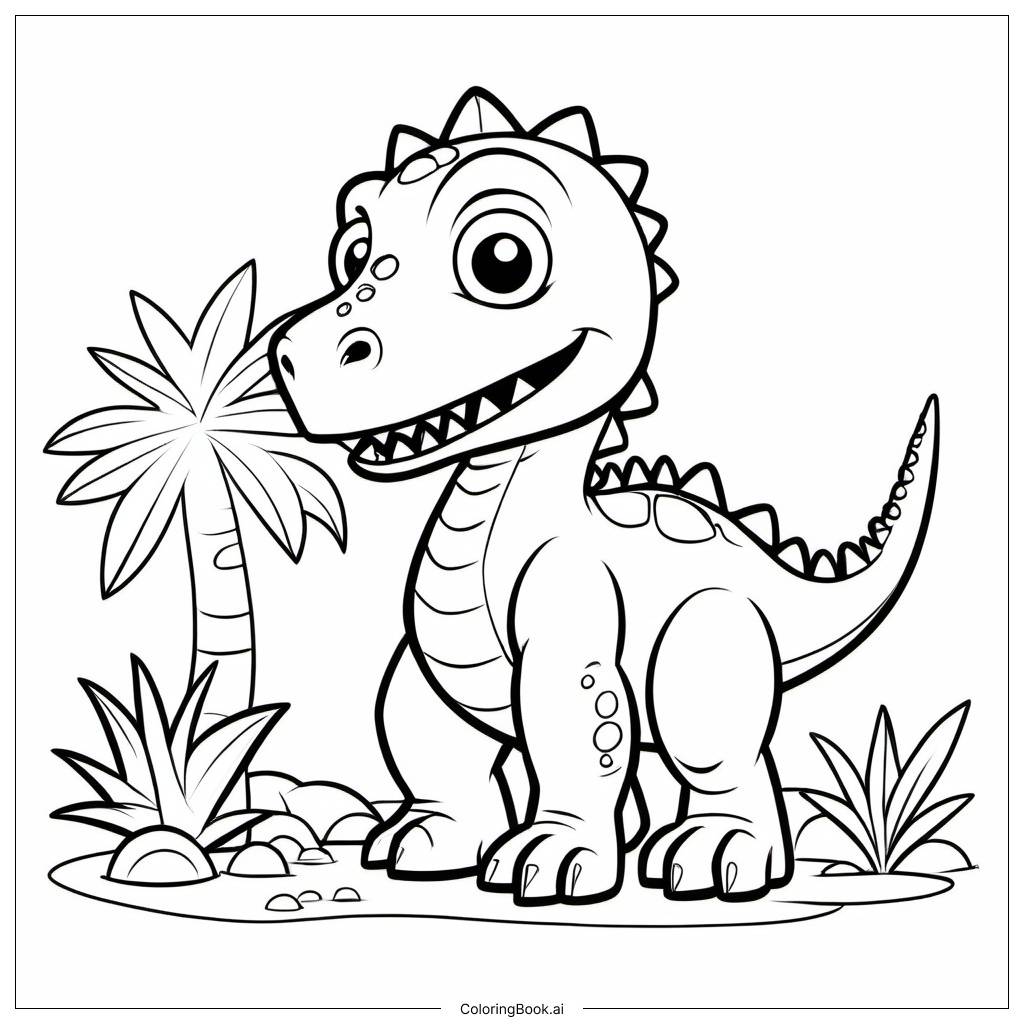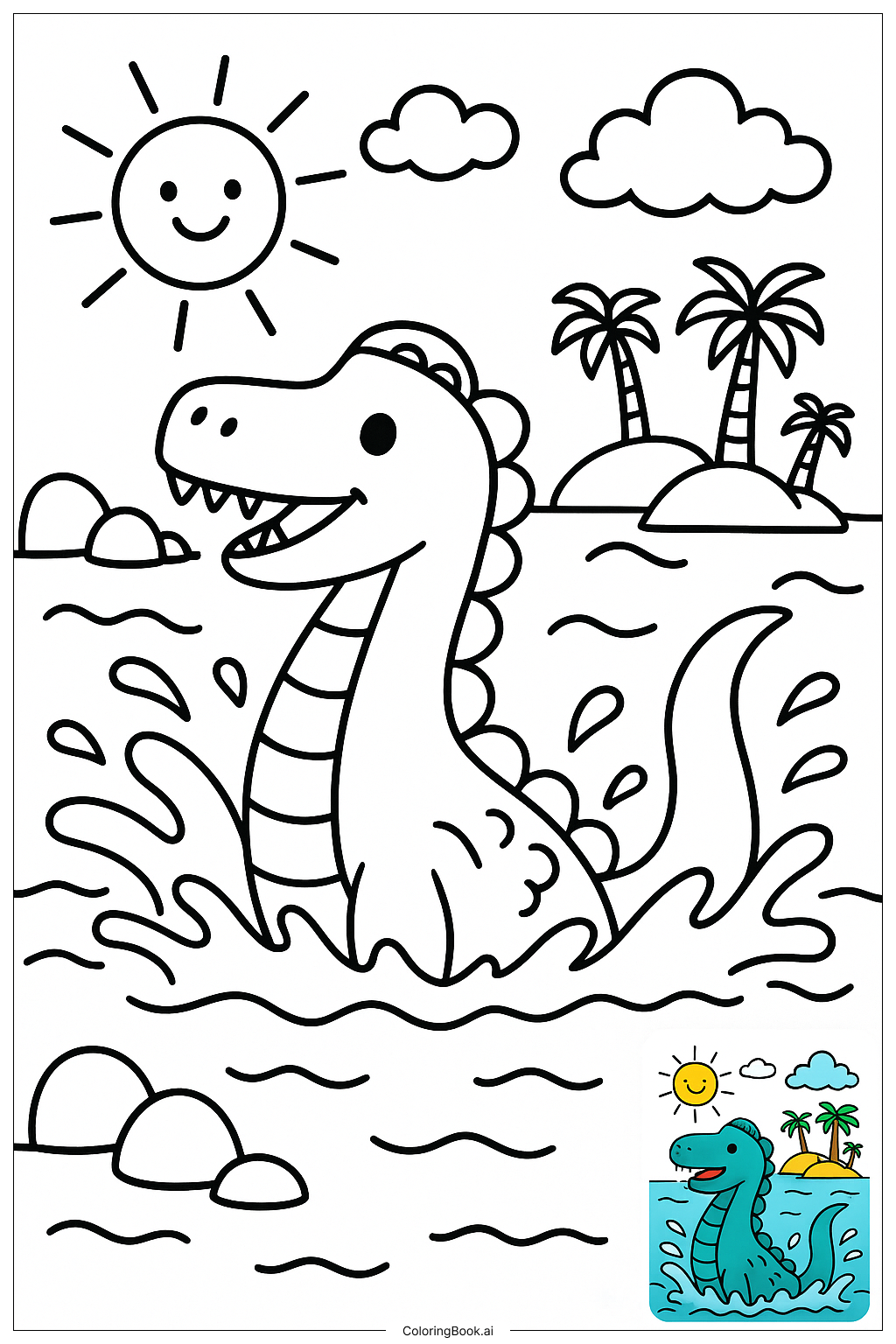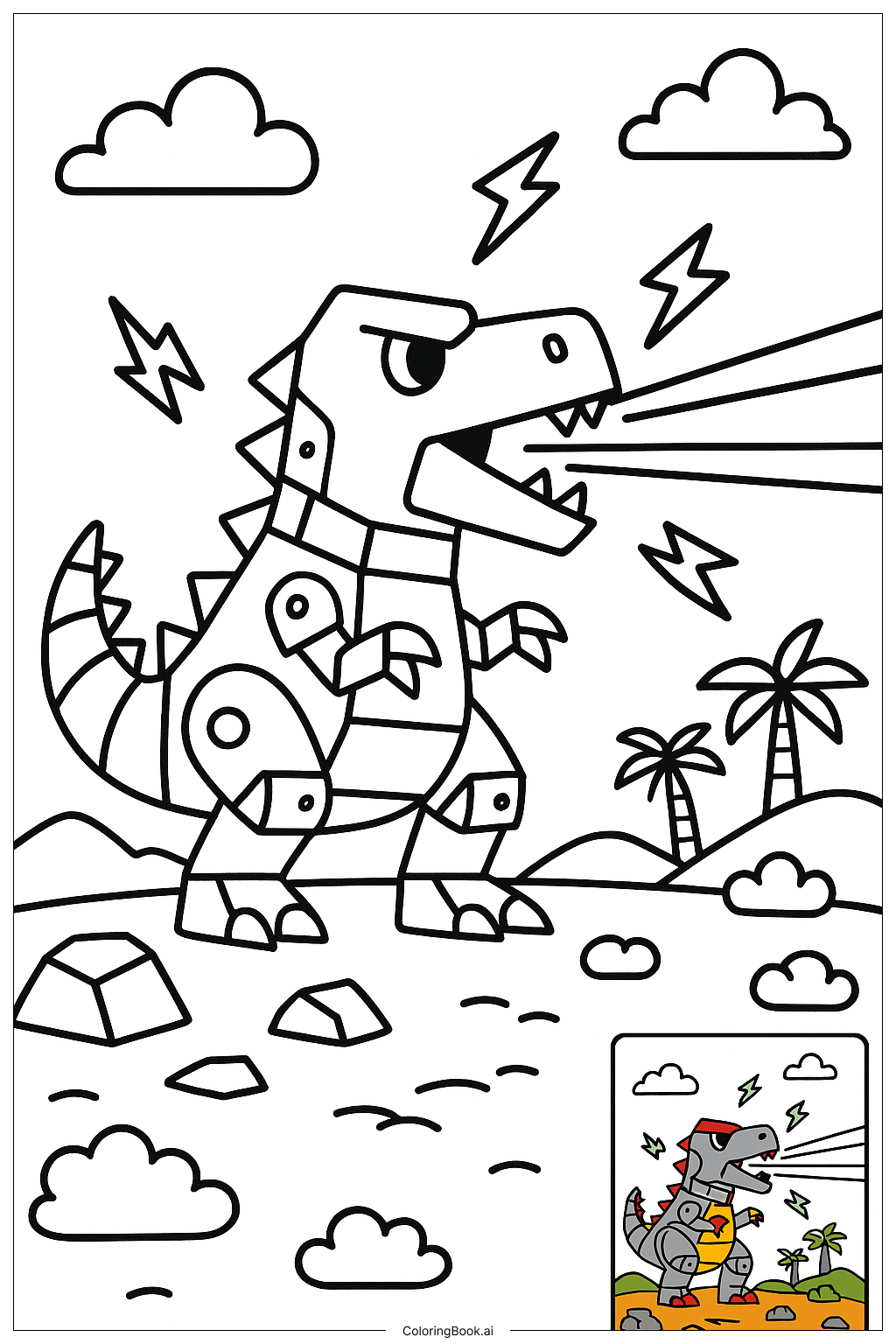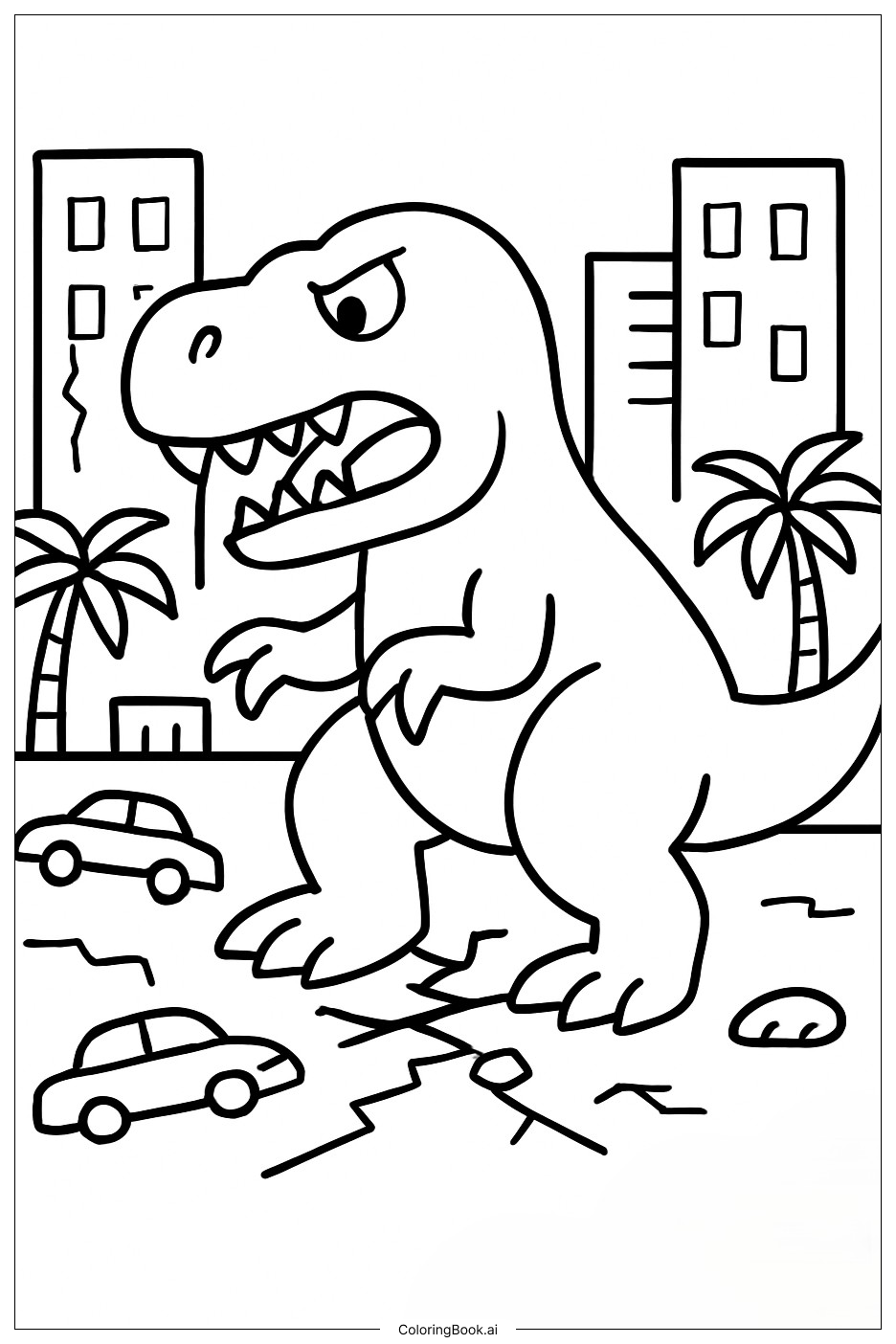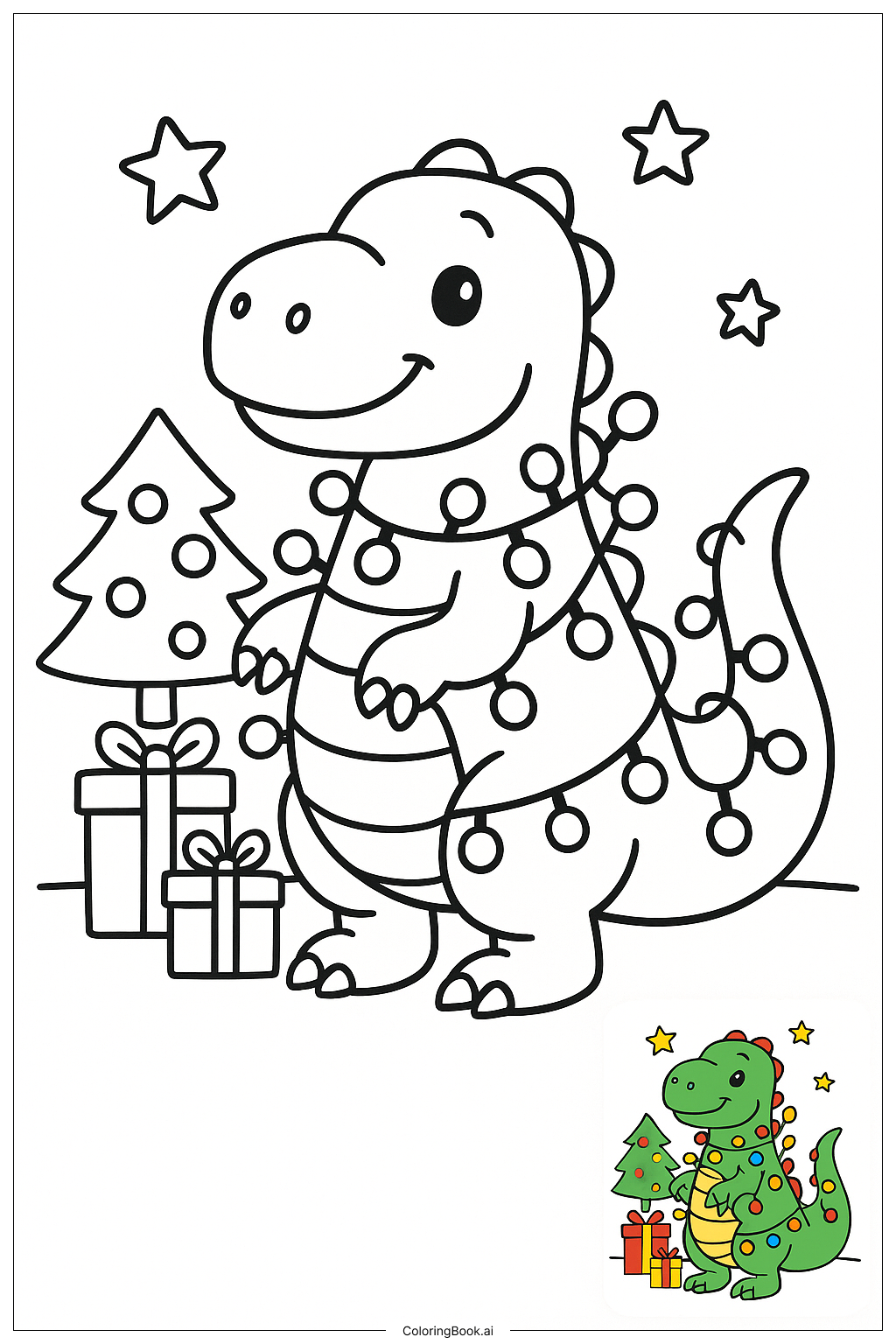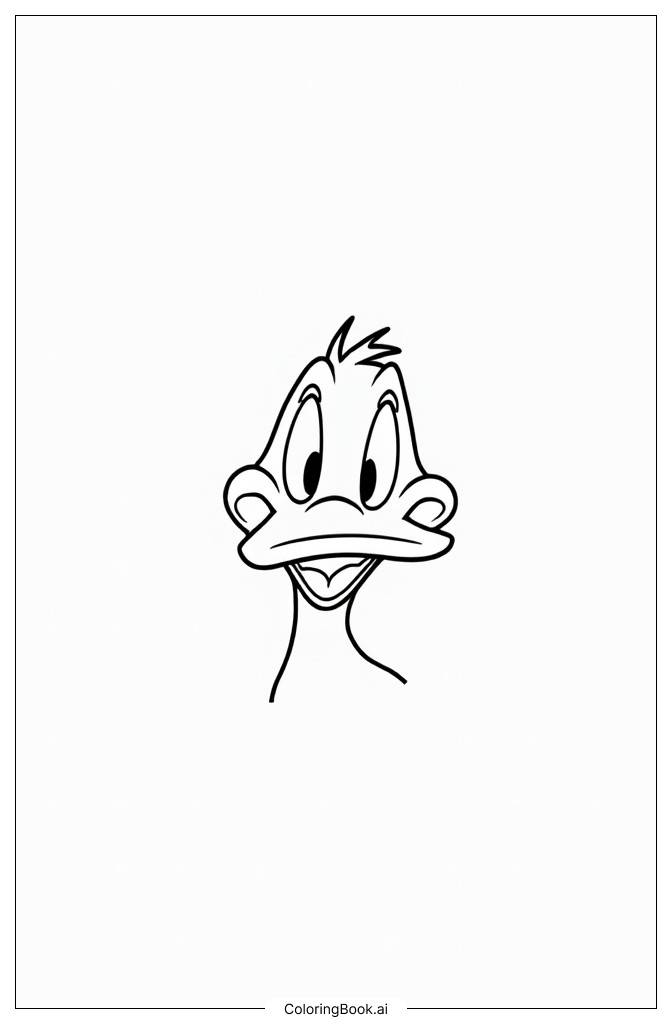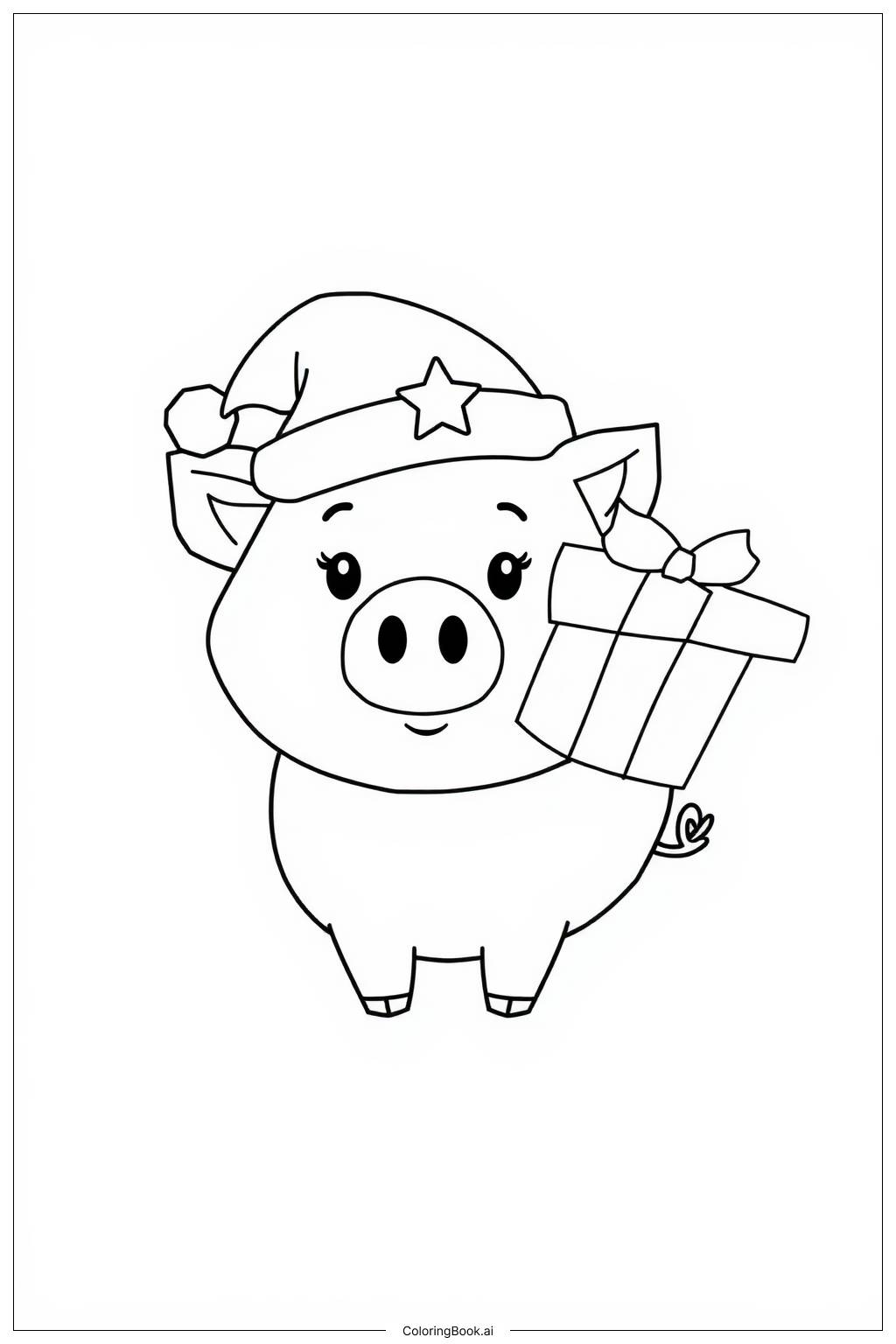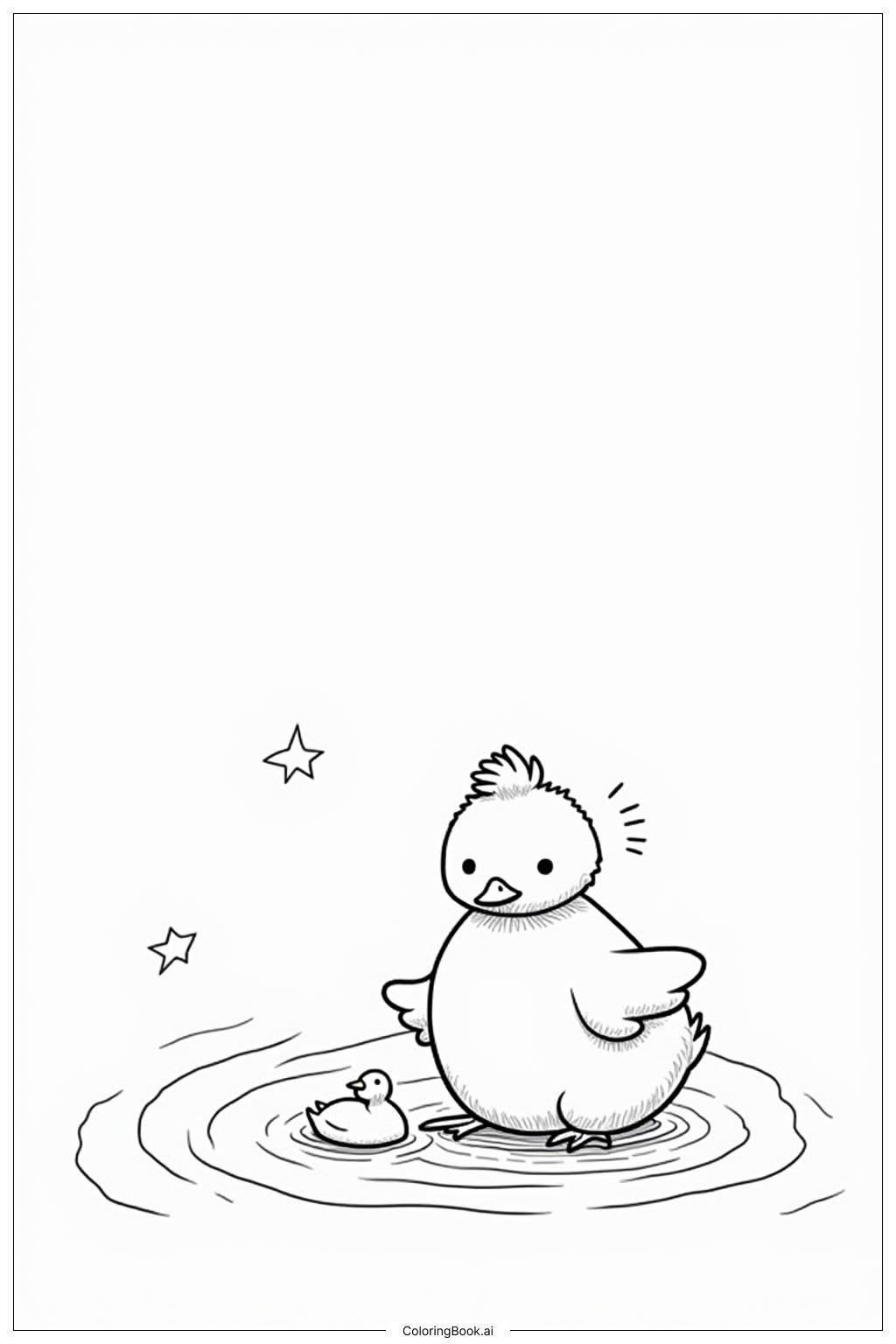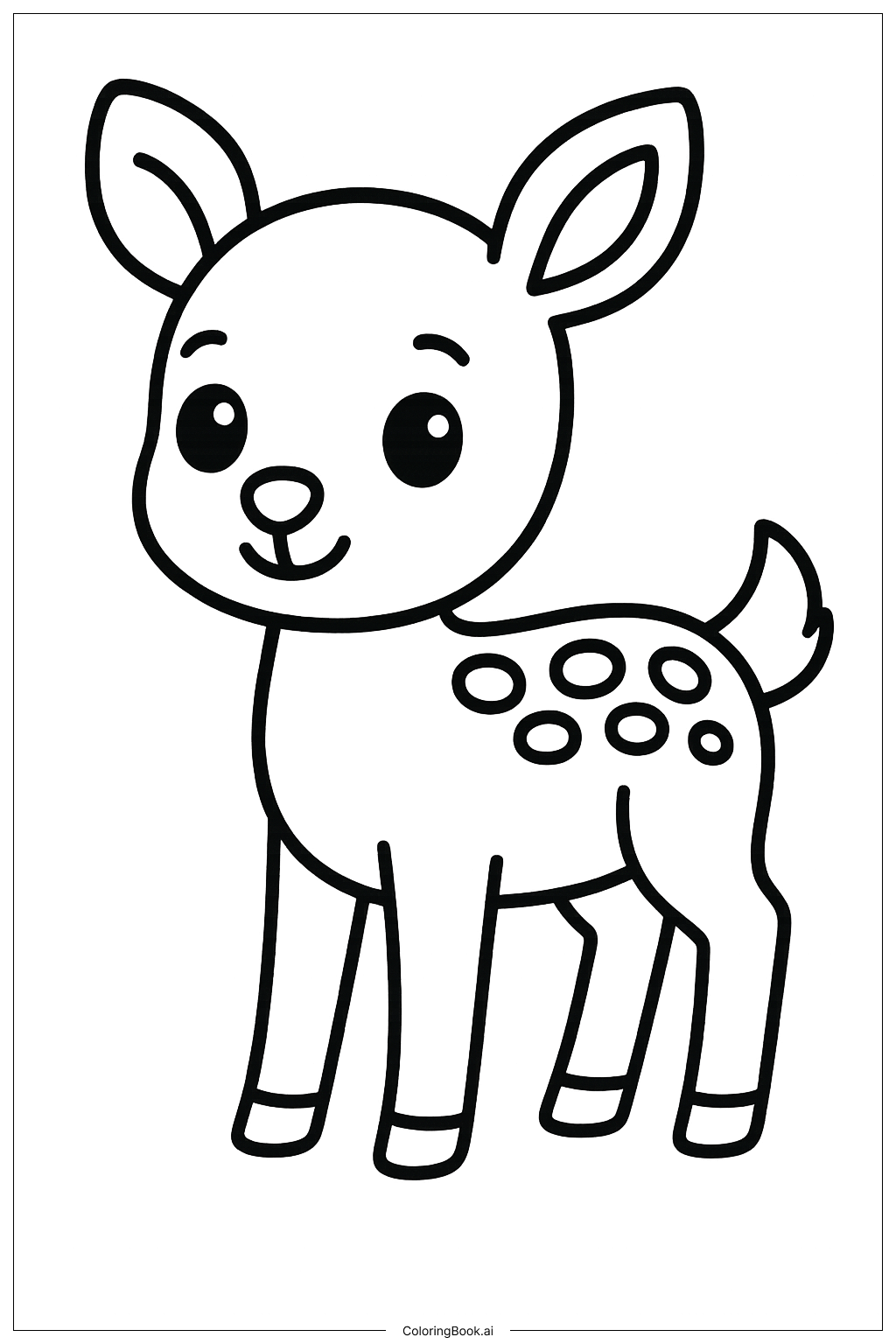Coloring tips: How to color dinosaur baby coloring page well?
Try using bright and cheerful colors to make the baby dinosaur look friendly and lively. You can chose green, blue, or even purple for the dinosaur's body. Use lighter colors like yellow or light pink for the spots and the belly to add contrast. The eyes can be colored black with a little white spot to show brightness. For the plants, use different shades of green to create variety. The rocks on the ground can be gray or brown. Feel free to add colors to the sky or the background to make the scene more colorful and fun. Use crayons or colored pencils for better control.
Coloring challenges: Which parts are difficult to color and need attention for dinosaur baby coloring page?
1. Coloring inside the small areas of the dinosaur's eyes and mouth requires careful attention to stay within the lines. 2. The spikes on the dinosaur's back and tail are small and pointed, which can be challenging for younger children to color neatly. 3. The multiple leaves of the plants have thin structures that need detailed coloring to make them look natural. 4. Blending colors on the dinosaur's body to show shading or texture might be difficult for beginners. 5. Coloring the scattered small rocks may require patience to ensure each one is neatly finished without going over the lines.
Benefits of coloring books: Advantages of drawing dinosaur baby coloring page
Coloring this baby dinosaur picture helps improve hand-eye coordination and fine motor skills. It encourages children to use their creativity by choosing different colors and combinations. The image also promotes focus and concentration as they work to color inside the lines carefully. This activity can boost confidence as children complete a detailed and appealing scene. Additionally, it introduces young learners to prehistoric creatures, sparking interest in dinosaurs and natural history in a fun way.
